#helianthus strumosus
Video
n52_w1150 by Biodiversity Heritage Library
Via Flickr:
[Water-color sketches of plants of North America and Europe] biodiversitylibrary.org/page/48296610
#1888-1910#Bermuda#Bermuda Islands#Botanical illustration#Europe#New England#Pictorial works#Plants#Water-color drawings#Chicago Botanic Garden#Lenhardt Library#bhl:page=48296610#dc:identifier=https://biodiversitylibrary.org/page/48296610#HerNaturalHistory#WomenInScience#flickr#helen sharp#scientific illustration#Helianthus strumosus#Pale-Leaved Wood Sunflower#Paleleaf Woodland Sunflower#Paleleaf Sunflower#Woodland Sunflower
0 notes
Text
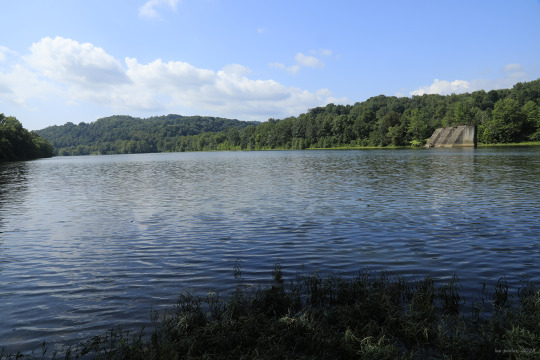
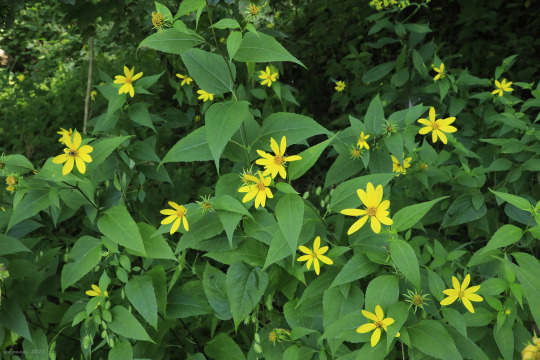

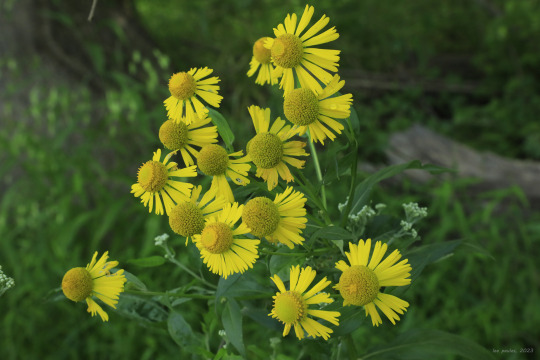
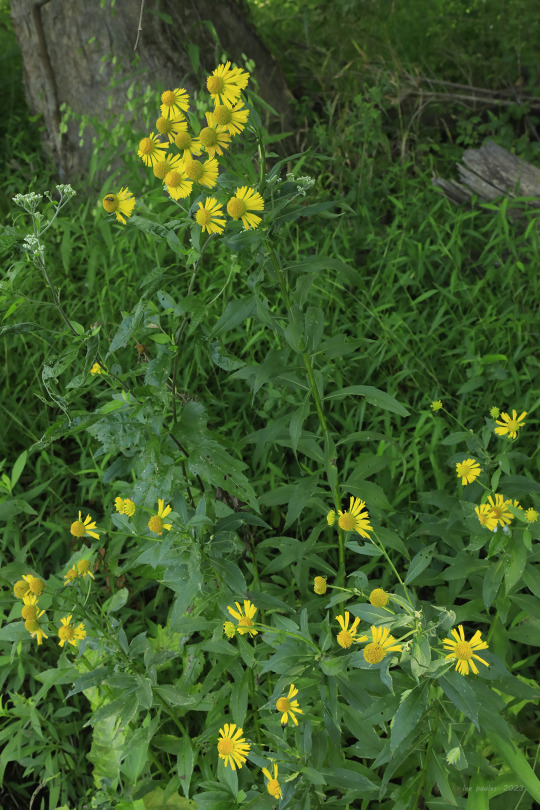

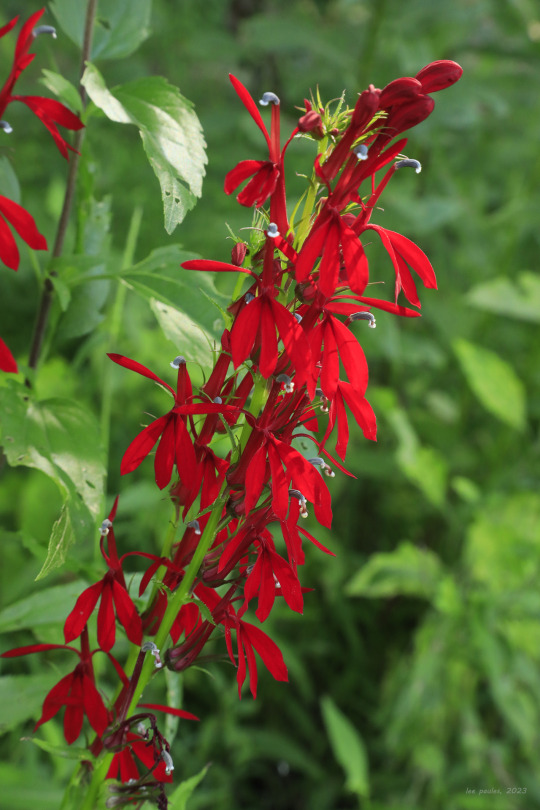

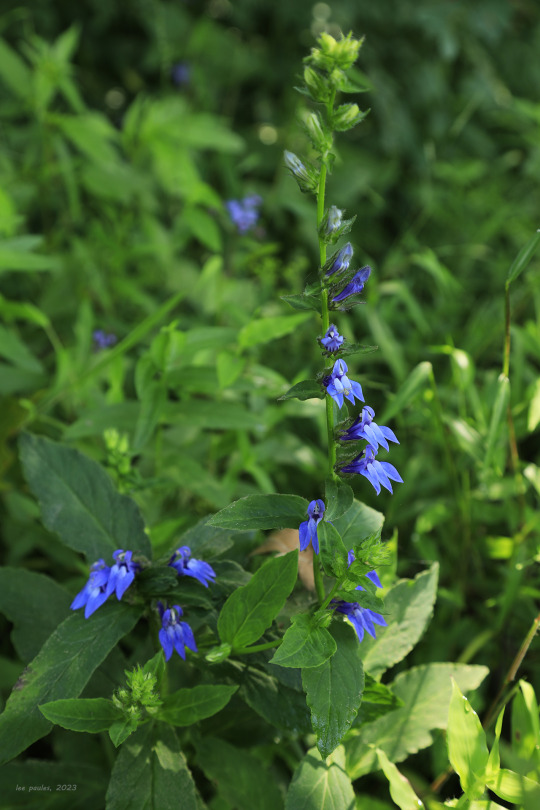

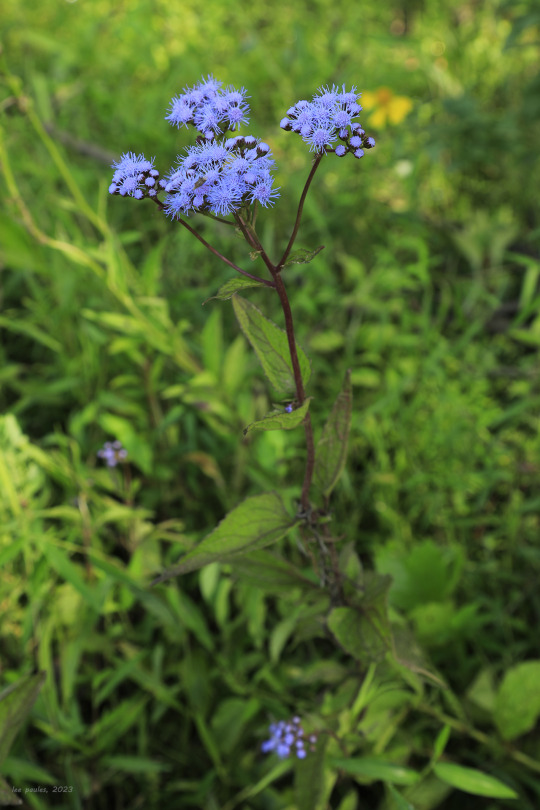
A selection of late summer wildflowers growing in the riparian zone along the Monongahela River at the Friendship Hill National Historic Site.
From top: Paleleaf woodland sunflower (Helianthus strumosus), also known as pale-leaved sunflower, distinguished by long leaf petioles and a pale leaf underside; common sneezeweed (Helenium autumnale), a water-loving aster whose dried leaves were once used to make snuff; cardinal flower (Lobelia cardinalis), whose scarlet, five-lobed flowers draw hummingbirds as pollinators; the closely-related great blue lobelia (Lobelia siphilitica), which early settlers once used as a treatment for syphilis (wishful thinking); and blue mistflower (Conoclinium coelestinum), or wild ageratum, a native aster that has become popular as a garden plant.

As a note, about a dozen sunflowers call NC-WV - SW PA home and they readily hybridize, often complicating identification. Pale-leaved sunflower has a tall, branching structure up to 7 feet in height and dense clusters of large flowers. In addition to long petioles and a pale leaf underside, this sunflower has a smooth stem with a whitish bloom to it. It's a very beautiful mid-to-late summer aster and one of my favorite wildflowers of Central Appalachia.
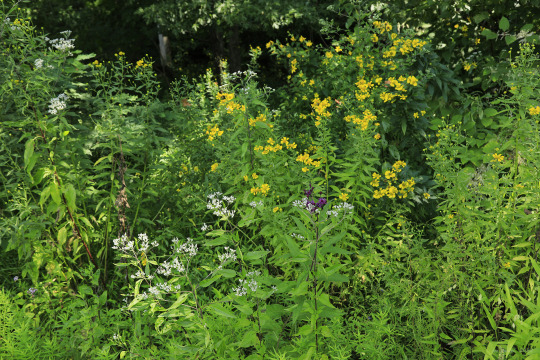
#appalachia#vandalia#wildflowers#flora#summer#pennsylvania#monongahela river#friendship hill national historic site#pale-leaved sunflower#paleleaf woodland sunflower#paleleaf sunflower#common sneezeweed#cardinal flower#great blue lobelia#blue mistflower#mistflower#wild argeratum#riparian
131 notes
·
View notes
Text

菊芋[Kikuimo]
Helianthus tuberosus
菊[Kiku] : Chrysanthemum
芋[Imo] : Tuber, root, potato
It is native to North America and was introduced in the late Edo period(1603-1868.) The tubers are edible. In the old days, they had been used to feed livestock and to utilize wastelands. But after that, it has gone feral and is designated as an invasive alien species today.
There is a very close species, 犬菊芋[Inukikuimo](Helianthus strumosus,) which is said to have very small tubers, the reverse of the leaves is whitish, the smooth stems with almost no hairs, and so on. The roots could not be confirmed because I could not dig up, but other characteristics were different, so for convenience I identified it as Kikuimo. 犬[Inu](Dog) is used to mean something similar but inferior or useless.
It is in the same genus as sunflower, the flowers are bright yellow and worth seeing.
27 notes
·
View notes
Photo

Helianthus strumosus
The wide leaved and downy, but still double serrate species of woodland sunflower, sometimes called the grey woodland sunflower; found along the cliff edge of a deep limestone ravine system near Clifty Falls State Park, IN
25 notes
·
View notes
Photo


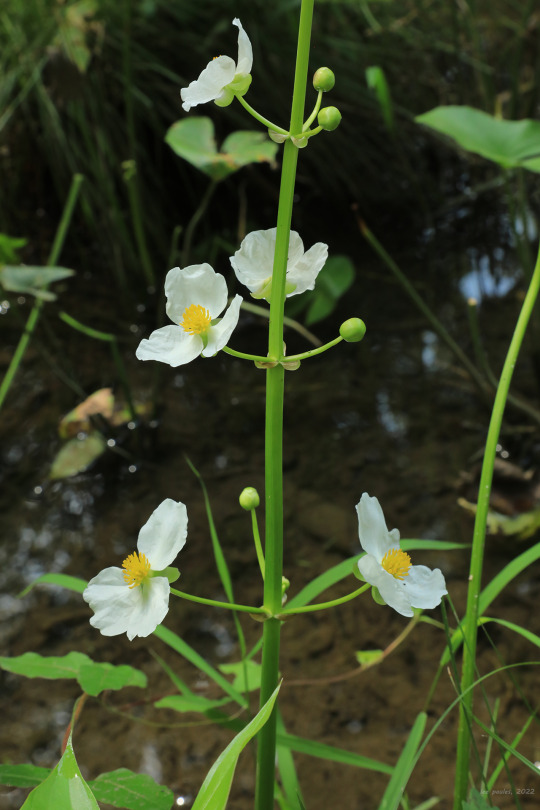

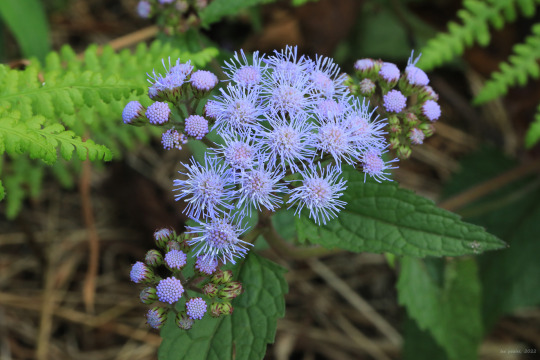



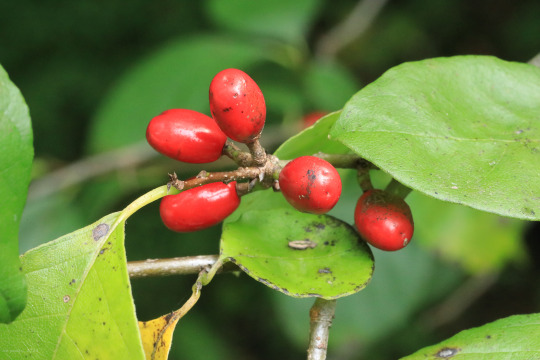
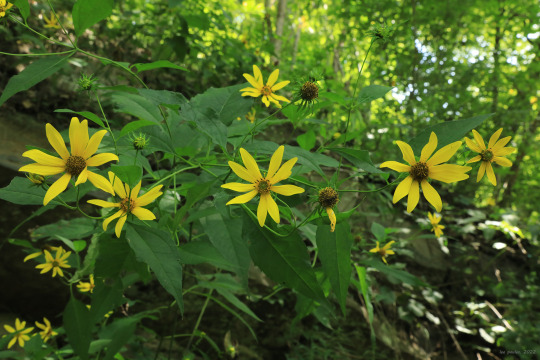
Photos from a late summer bike ride on the Mon River Trail. With autumn just around the corner, the climatic, life-sustaining ceremonies of the season have taken on a frantic, bittersweet urgency, from the proliferation of late summer blooms to the frantic chirrups of insects in search of mates before they succumb to the first frost of October. As the deep greens of summer fade and begin to sacrifice themselves to a fiery self-immolation, I salute Nature’s relentless push to plant the seeds of next year’s renewal.
From top: broadleaf arrowhead (Sagittaria latifolia), also known as duck-potato and wapato, an attractive aquatic plant whose edible tuber was an important source of starch for Native Americans; great blue lobelia (Lobelia siphilitica); a showy relative of cardinal flower with blue, split-lip flowers; blue mistflower (Conoclinium coelestinum), also known as wild ageratum and blue boneset, an unusual late summer aster with disc flowers only; tall coreopsis (Coreopsis tripteris), also known as tall tickseed, a grand, stately perennial up to 8 feet tall with distinctive tripartite leaves; a goldenrod soldier beetle (Chauliognathus pensylvanicus) navigating a wingstem flower (Verbesina alternifolia); northern spicebush (Lindera benzoin), a colonizing shrub whose luminous yellow leaves in fall contrast with its brilliant-red, aromatic berries; and pale-leaved sunflower ( Helianthus strumosus), a perennial sunflower whose leaves are mostly opposite in arrangement with long petioles and pale undersides.
#appalachia#vandalia#west virginia#mon river trail#late summer#life#renewal#flora#wildflowers#insects#sagittaria latifolia#broadleaf arrowhead#duck-potato#wapato#lobelia siphilitica#great blue lobelia#conoclinium coelestinum#blue mistflower#wild ageratum#blue boneset#coreopsis tripteris#tall coreopsis#tall tickseed#chauliognathus pensylvanicus#goldenrod soldier beetle#verbesina alternifolia#wingstem#Lindera benzoin#northern spicebush#helianthus strumosus
100 notes
·
View notes
Photo





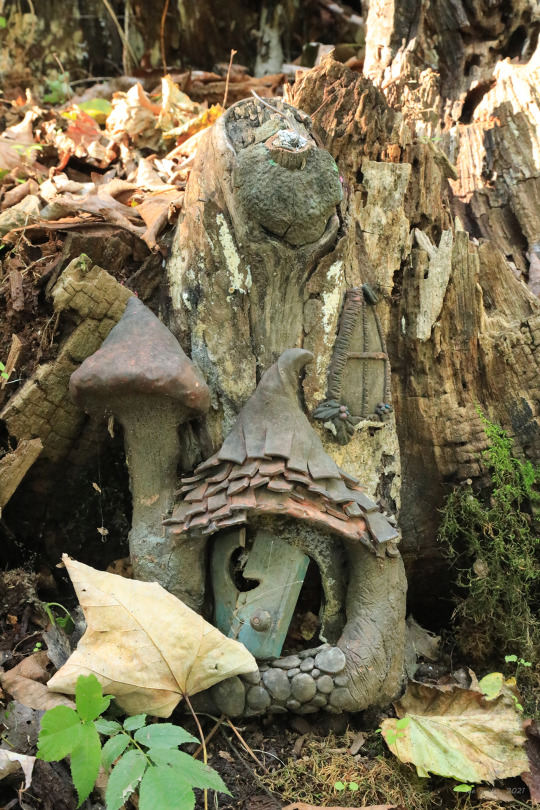

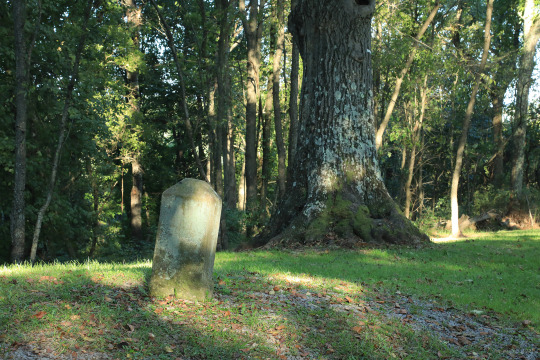


The photos above are from an early fall stroll through Mason-Dixon Historical Park, which straddles the state line between West Virginia and Pennsylvania along Dunkard Creek and the historic Catawba War Path of the Six Nations. The park commemorates the farthest progression to the west of the Mason and Dixon Survey in the mid 1760′s. Hostile Shawnee and Delaware tribes put a stop to the survey at Brown’s Hill, where numerous stone markers denote the demarcation line between north and south. In addition to the artifacts of the area’s pre-Revolutionary War history and oil and gas industry, the park features a network of easy to moderately-strenuous trails traversing Brown’s Hill and Dunkard Creek, as well as a popular fairy trail.
#appalachia#vandalia#west virginia#pennsylvania#mason-dixon historical park#mason-dixon line#brown's hill#catawba war path#catawba trail#native american history#six nations#colonial history#artifacts#dunkard creek#helianthus strumosus#pale-leaved sunflower#pale-leaf sunflower#phlox paniculata#fall phlox#symphyotrichum shortii#short's aster#fall#autumn
47 notes
·
View notes
Photo

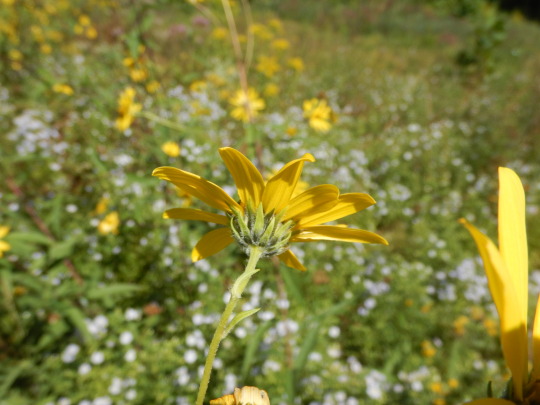

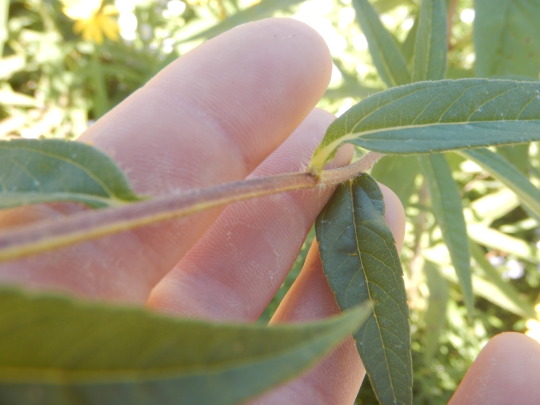

DYC var of Helianthus grosseserratus,
Sawtooth sunflower
These were growing near a good sized patch of Symphyotrichum firmum and were up on the bottom of the esker before sunken creek fen.begins(aka edge of the fen.) These had the best example of how dense the frimbrate-ciliate hairs along the involucre bracts ( Phyllaries) can be on this species. The capitulum spacing through me off though, it was also lacking totally conduplicate leaf function; the leaves still connected near sessile(attached directly) and recurved( bending up instead of reflexed which means bending down) up and out from the stem, the leaves them selves had finely serrate(minutely dentate saw-like) margins, lanceolate, and scabrid (rough) texture. Normally on this species, capitulescence is in direct with the cauline leaves and rarely branches, here we have less capitulum on capitulescence and some splitting. Which doesn’t really do to much good for the botanist without key in the field in satisfying instant id gratification.
btw DYC stands for Damn Yellow Composit flower.
This is MI flora’s key text :
“ Heads at least 4 cm broad, the disk ca. 1.5–2.3 cm broad and the rays ca. 1.8–4.3 cm long.14. Leaves only slightly scabrous to the touch above (the tiny pustulate-based projections appressed), usually not over 3 (rarely to 5.5) cm broad, the blades ca. 4–8 times as long as broad, alternate on upper part of stem.”
“Moist places, including swamps and marsh borders; disturbed sites, railroad yards. Near the edge of its range in southern Michigan, and much less common here than its close relative, H. giganteus, with which it hybridizes (see that species).Locations“
“This is a notoriously difficult genus native to North America, with hybridization obscuring the differences between a number of species. Some specimens will not work in this (or any other) key. Incomplete specimens (e.g., lacking basal parts or adequate notes on the label) are often not satisfactory for identification.
Many characters used in this genus (at least in the key) are difficult to apply in the absence of both options before the user. Experience with the genus will help to interpret such non-quantitative terms as “densely” pubescent or “nearly” glabrous stems. It is usually best to judge stem pubescence at the middle of the stem. Some species or individuals with hairy stems may have them glabrous toward the base (or even merely harsh, from persistent bases of worn-off hairs, at the middle); and some with stems glabrous at the middle may have short, usually antrorse, hairs toward the summit and on branches of the inflorescence. Even defining (and thus measuring) a petiole can be puzzling, as it is usual for at least a narrow strip of green leaf tissue to border the petiole on each side, making it “winged.” We have considered the distal end of the petiole to be where the blade ± abruptly expands and the sides of the winged petiole are therefore no longer nearly parallel.In several species some of the upper leaves are usually or consistently alternate, perhaps 2 leaves or perhaps all but the lowermost 2 or 3 pairs. Depauperate plants (e.g., in H. annuus) tend to have more opposite leaves as well as appearing quite different from plants grown under optimal conditions. Leaves in some species (e.g., H. giganteus, H. strumosus, H. tuberosus) may have scattered to dense glandular dots beneath. Some species thrive in moist ground and others on dry sites, but most at least tolerate a wide range of habitat and readily spread into disturbed sites.“
This Helianthus spp. group is also underfunded for Herbarium specimen and lab specimen research on hybrids. So this may be a hybrid, with one parent being sawtooth sunflower and the other as a UNID.
#botany#ecology#wildflowers#sunkencreek fen#ohio#plantblr#evolution#kawaii#meadowcore#cottagecore#helianthus#helianthus grosseserratus#asteraceae#DYC
54 notes
·
View notes
Photo


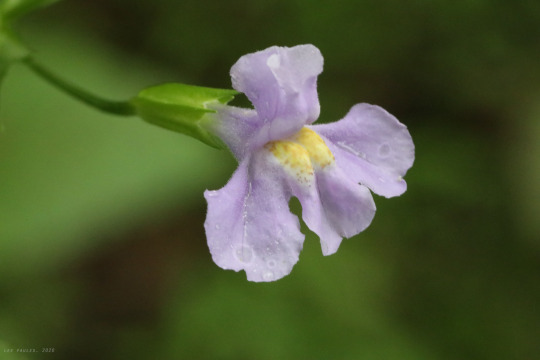


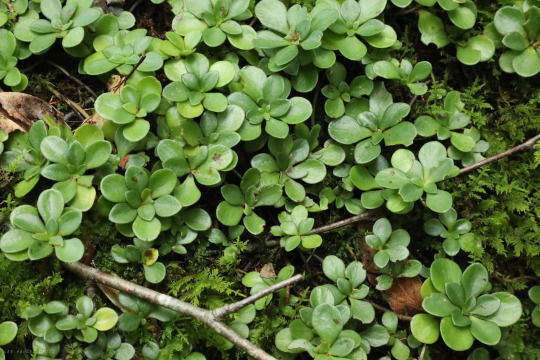
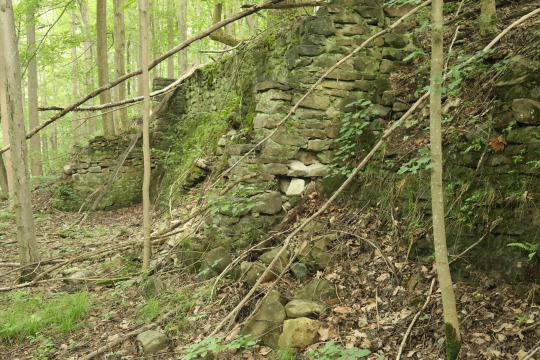
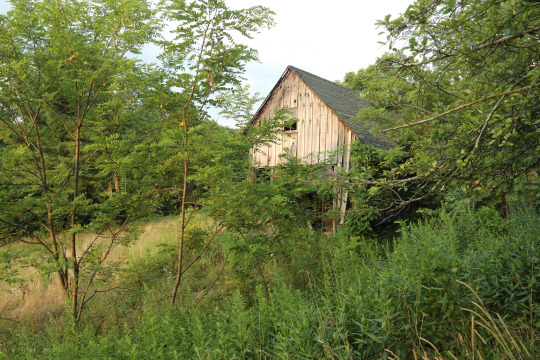
Tonight, I took a practice run up the lower portion of the Deckers Creek Rail Trail to get my legs back for an eventual full circuit from Morgantown to Reedsville and back. The grade on this part of the trail is about 5%, although it gets steeper on the final ascent up the mountain from Greer to Masontown. Anyway, it’s a gorgeous stretch of rail trail for a bike ride, if you’re willing to put in the effort. You’ll always be rewarded by a few treasures along the way, both natural and mad-made. Tonight’s haul: rose pink (Sabatia angularis), a meltingly-beautiful summer gentian; Allegheny monkeyflower (Mimulus ringens), which allegedly reveals the face of a laughing primate from a certain angle; and pale-leaved sunflower (Helianthus strumosus), perhaps the grandest of the woodland sunflowers.
#appalachia#vandalia#west virginia#rail trail#bike ride#bike trail#flora#summer#wildflowers#history#artifacts#natural history#human history#sabatia#rose pink#rose gentian#mimulus#allegheny monkeyflower#helianthus#pale-leaved sunflower#deckers creek#deckers creek trail
77 notes
·
View notes
Photo

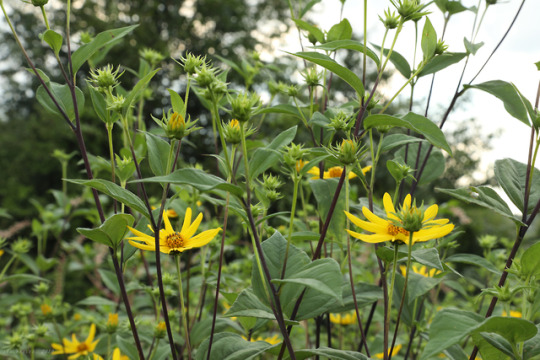
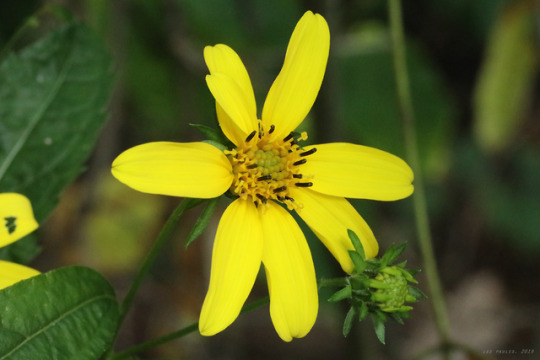


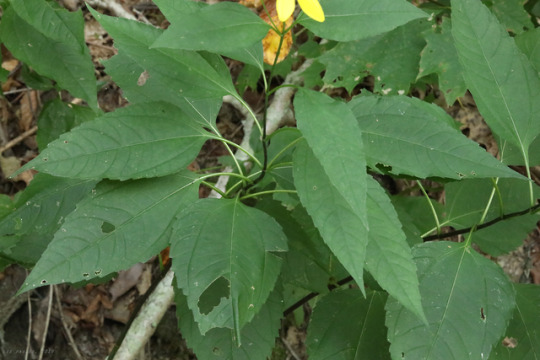
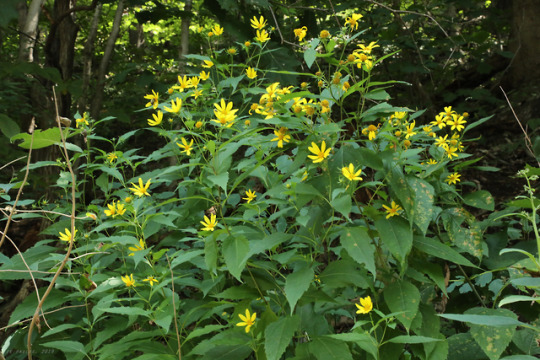
The true sunflowers (Helianthus) are among the most recognizable and beloved wildflowers of Appalachia’s late summer woodlands, thickets, and meadows. About twenty species are native to the eastern half of the United States and telling them apart can be an excruciating exercise in futility - positive identification often comes down to small details such as the relative hairiness or smoothness of the stems and leaves or the length of the petioles. On top of that, species whose ranges overlap occasionally hybridize and make identification a crapshoot. Although several species are generically referred to as woodland sunflower, divaricatus is most properly given this name and is distinguished from its relatives by its sessile (stemless) leaves.The plants photographed above are a mix of pale-leaved sunflower (Helianthus strumosus) and thinleaf sunflower (Helianthus decapetalus). The photographs were taken on the Deckers Creek and Mon River Trails.
#appalachia#vandalia#west virginia#summer#wildflowers#helianthus#asteraceae#pale-leaved sunflower#thinleaf sunflower#sunflower#mon river trail#deckers creek trail
23 notes
·
View notes
Photo
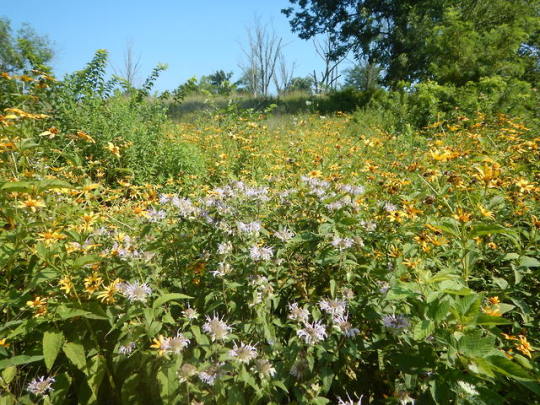

Also, I went to the Adena Mound Prairie today to find that the early sunflowers and false sunflowers had finished but were replaced by much more DYC (Damn Yellow Composites) than I had hoped for and maybe others that I had overlooked for all I know. Their is also Physostegia virginiana and Monarda punctata mixed in that I want to get better photos of later.
Bidens cernua
Helianthus hirsutus
Helianthus strumosus
Heliopsis helianthoides
Helianthus tuberosus
Verbesina alternifolia
8 notes
·
View notes
Photo


Riparian border in the floodplain near a back bank accessible from road or cut bank.
The species present
Rudbeckia laciniata, Helianthus divaricatus , Monarda fistulosa, Silphium perfoliatum, Phlox pilosa, Monarda clinopodia, Verbesina alternifolia, Eutrochium fistulosum, Vernonia gigantea, and Helianthus strumosus.
7 notes
·
View notes
Photo
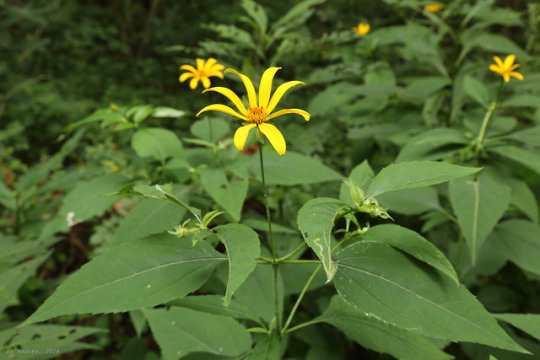





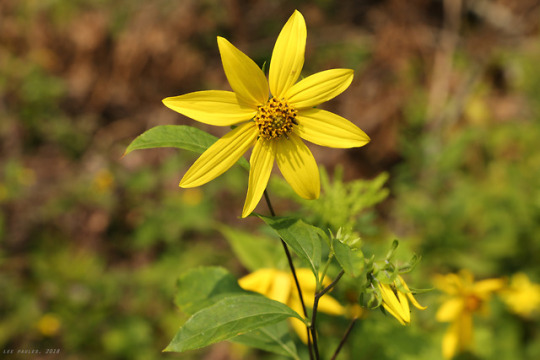
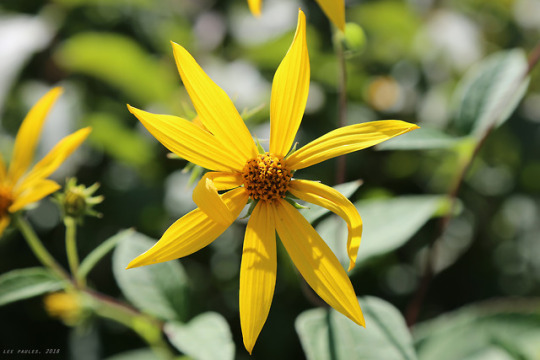
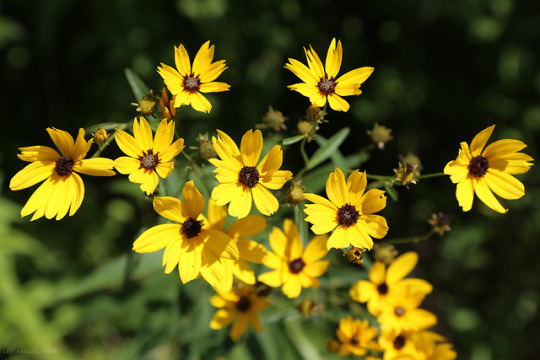

Growing in full sun to part shade in a variety of habitats - in open woodlands, floodplain forests, and thickets and along forest margins and roadsides - sunflowers (Helianthus) add a lovely yellow pop of color to the dull greens of Appalachia's summer foliage. Over a dozen sunflower species inhabit Appalachia’s woods, and where their ranges overlap, interspecific hybridization complicates identification. A good basic guide to identification can be found here. But all species of this clumping, perennial herb share certain basic characteristics in common, including composite flowerheads consisting of yellow ray florets surrounding a gold to reddish-brown central crown of tubular disk flowers. Although the common sunflower (Helianthus annuus) is most valued and familiar as a commercial crop, many species of sunflowers have long been used for medicinal and culinary purposes. In fact, widespread use of sunflowers for medicine and food by Native American tribes has made it difficult to determine the original ranges of some species and has contributed to their naturalization in areas outside of their native ranges. The sunflower species most often found in North-Central West Virginia include: woodland sunflower (Helianthus divaricatus); thinleaf sunflower (Helianthus decapetalus); hairy sunflower (Helianthus hirsutus); pale-leaved sunflower (Helianthus strumosus); giant sunflower (Helianthus giganteus); and Jerusalem artichoke (Helianthus tuberosus).
#appalachia#vandalia#west virginia#summer#wildflower#perennial#herb#sunflower#helianthus#woodland sunflower#thinleaf sunflower#hairy sunflower#pale-leaved sunflower#giant sunflower#jerusalem artichoke#common sunflower
8 notes
·
View notes